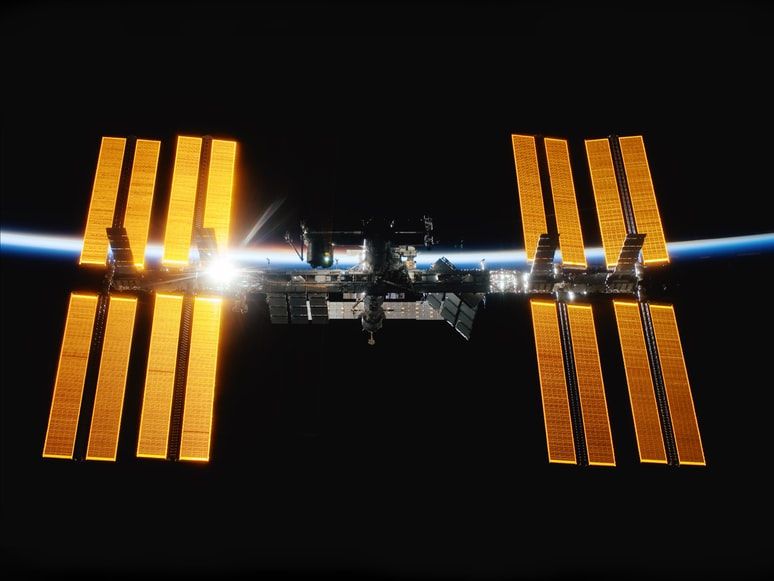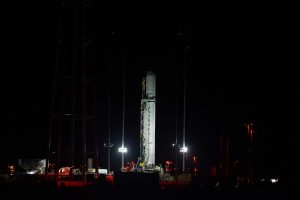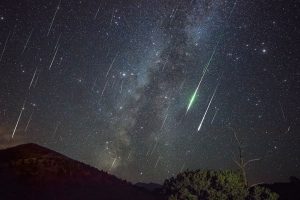The International Space Station may be making its way back to Earth in a decade as NASA plans to retire its first long-term major satellite. The space station was launched in 2000 and has been orbiting ever since.
The retirement is likely to be scheduled for 2031, after which the International Space Station will crash into Point Nemo– a remote part of the Pacific Ocean, according to reports from CNN citing NASA’s recently published plans.
Also Read: Mysterious bright glow seen in Karachi skies | Watch
The International Space Station has been a collaborative space mission, joined by countries like the United States, Russia, Canada, Japan and members of the European Space Agency and has marked continuous human presence in space.
More than 200 astronauts have been aboard the International Space Station, which orbits the Earth at a height of 227 nautical miles. The space lab has been at the centre of modern-day space research.
Also Read: Scientists: Water seen in Mars in 2018 might have been an optical illusion
NASA’s director of commercial space Phil McAlister said in a statement, “The private sector is technically and financially capable of developing and operating commercial low-Earth orbit destinations, with NASA’s assistance”, according to reports from CNN.
He added, “We look forward to sharing our lessons learned and operations experience with the private sector to help them develop safe, reliable and cost-effective destinations in space.”
The International Space Station was originally designed to be ground zero for all future space related research and observations, including missions to the Moon, Mars and other interplanetary destinations.
Also Read: James Webb, world’s biggest telescope, reaches 1 million miles from earth: NASA
What is Point Nemo?
Point Nemo, where the International Space Station may crash after a decade, is also known as the South Pacific Ocean Uninhabited Area. The area is located 3,000 miles off New Zealand’s eastern coast and 2,000 miles off Antarctica. The area is likely to provide “safe atmospheric entry” to the debris of the International Space Station.







